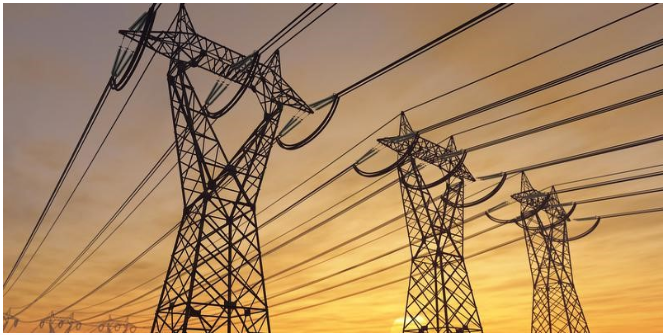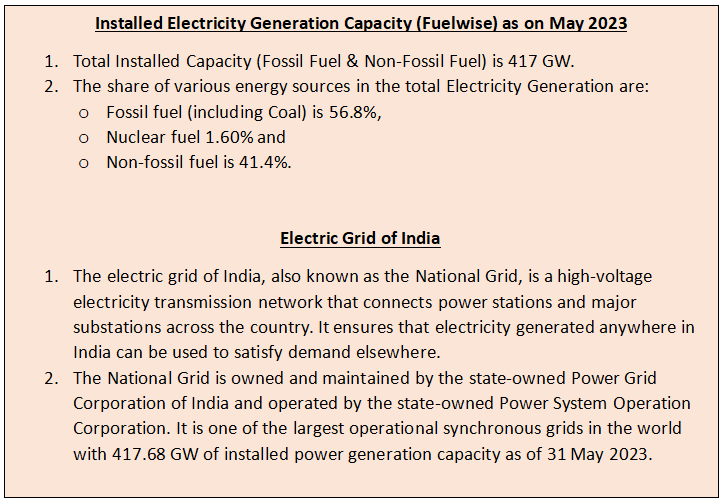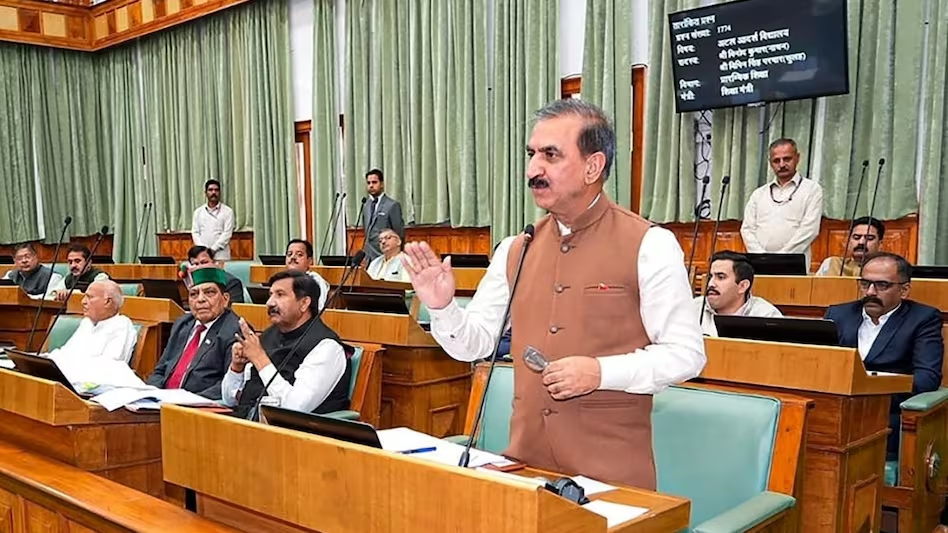- Courses
- GS Full Course 1 Year
- GS Full Course 2 Year
- GS Full Course 3 Year
- GS Full Course Till Selection
- Answer Alpha: Mains 2025 Mentorship
- MEP (Mains Enrichment Programme) Data, Facts
- Essay Target – 150+ Marks
- Online Program
- GS Recorded Course
- Polity
- Geography
- Economy
- Ancient, Medieval and Art & Culture AMAC
- Modern India, Post Independence & World History
- Environment
- Governance
- Science & Technology
- International Relations and Internal Security
- Disaster Management
- Ethics
- NCERT Current Affairs
- Indian Society and Social Issue
- NCERT- Science and Technology
- NCERT - Geography
- NCERT - Ancient History
- NCERT- World History
- NCERT Modern History
- CSAT
- 5 LAYERED ARJUNA Mentorship
- Public Administration Optional
- ABOUT US
- OUR TOPPERS
- TEST SERIES
- FREE STUDY MATERIAL
- VIDEOS
- CONTACT US
Electric Power Transmission
Electric Power Transmission
10-11-2023

Context
Recently, the increasing global demand for electricity, particularly in individual and industrial sectors, necessitates a focus on improving the efficiency and reliability of electric power transmission systems.
What Are the Basics of Transmitting Electricity?
-
About:
- The three main parts of any power supply system are distribution, transmission, and generation. Power plants and smaller renewable energy facilities both produce electricity.
- Then, among other components, a dispersed network of stations, substations, switches, overhead and subterranean cables, and transformers is used to transport it.
-
Transmission Efficiency:
- At higher voltages and lower currents, electric current transmission efficiency is higher. This is because, whilst voltage and current have a 1:1 connection, energy loss during transmission is proportional to the square of the current.
- Transformers are used in transmission applications to reduce current and enhance voltage.
- Resistance in Cables: Transmission cables, despite their resistance, can cause energy loss. Adjusting the thickness of the cable can reduce energy loss but increase costs.
- Distance and Transmission Cost: Longer transmission distances generally lead to lower costs due to fewer towers, substations, and maintenance efforts required.
-
Alternating Current (AC):
- Because AC is more efficient and can be readily adjusted using transformers, it is recommended for transmission. Higher AC frequencies, however, cause the material's resistance to rise.
- Because voltage constantly shifts polarity and causes current to flow in alternate directions, alternating current (AC) power is the most widely used method of transferring electric power. The rate of direction shift of the voltage is reflected in the AC frequency.
How is Power Transmitted?
-
Power Transmission Infrastructure:
- An AC circuit with three phases is used to transmit power. Different phases of AC electricity are carried by each wire. The cables are routed to transformers that increase voltage after leaving a power plant.
- The infrastructure has safety elements like circuit breakers to cut the circuit in the event of an overload and insulators to redirect excessive current during surges.
- Arresters and grounding are also employed to stop voltage fluctuations brought on by outside sources, such as lightning strikes. Dampers aid in reducing vibrations that can jeopardize the towers' stability.
-
Substation Network:
- At the end of the transmission cables are different kinds of substations, each of which has a distinct function in the power distribution system.
- Power from various sources is combined via collectors and directed toward transmission substations.
- Distribution substations are essential for reducing the voltage in power lines and setting up electricity for use in homes and commercial buildings.
- Transmission substations serve as network hubs, combining or splitting various lines and identifying problems.
-
Diverse Functions and Infrastructure:
- The infrastructure contains a wide range of support systems, from advanced computerized operations to electrical engineering knowledge, to execute different roles.
- Safeguarding vital infrastructure requires the implementation of safety measures like fire prevention.
How Does an Electric Grid Function?
-
Grid Operation and Components:
- Complex networks called grids are essential to the delivery of electricity. The three primary parts of them are distribution, transmission, and production.
- The transmission component acts as a link between the generation of power and its distribution to consumers.
- While renewable energy sources like wind and sun are sporadic, some power sources, like nuclear or coal-fired power plants, can offer an energy supply that is constant.
- Grids are in handy in these situations because they have storage capacity that allows them to hold excess electricity and release it when demand outpaces supply.
- Grid Resilience and Control: Grids need to be robust in order to stop other sections of the network from being impacted by failures in other areas. In order to provide a steady and dependable power supply, they must also regulate voltage levels to satisfy changing demands. This involves enhancing the power factor and regulating AC frequency.
-
Wide-Area Synchronous Grids and Challenges:
- A network in which every linked generator generates AC current at the same frequency is known as a wide-area synchronous grid. With a capacity of 1,700 GW, the North Chinese State Grid is the most potent example of such a grid in the world. The national grid of India functions as a wide-area synchronous grid as well.
- Because these grids share resources, they offer the advantage of cheaper power prices; but, in the event of a local power supply breakdown, precautions must be taken to prevent cascading failures.

Q. With reference to the Indian Renewable Energy Development Agency Limited (IREDA), which of the following statements is/are correct? (UPSC-2015)
- It is a Public Limited Government Company.
- It is a Non-Banking Financial Company.
Select the correct answer using the code given below:
(a) 1 only
(b) 2 only
(c) Both 1 and 2
(d) Neither 1 nor 2
Ans: (c)
Mains
Q. “Access to affordable, reliable, sustainable and modern energy is the sine qua non to achieve Sustainable Development Goals (SDGs)”. Comment on the progress made in India in this regard. (UPSC-2018)



